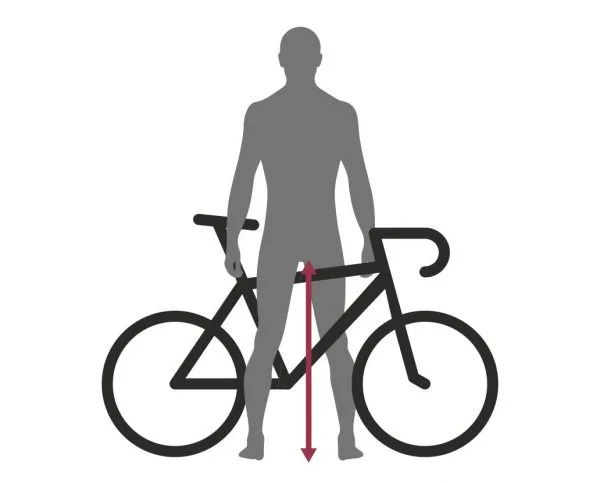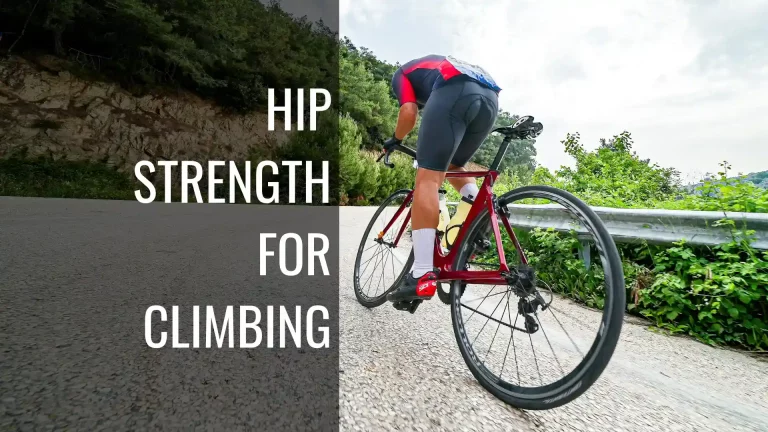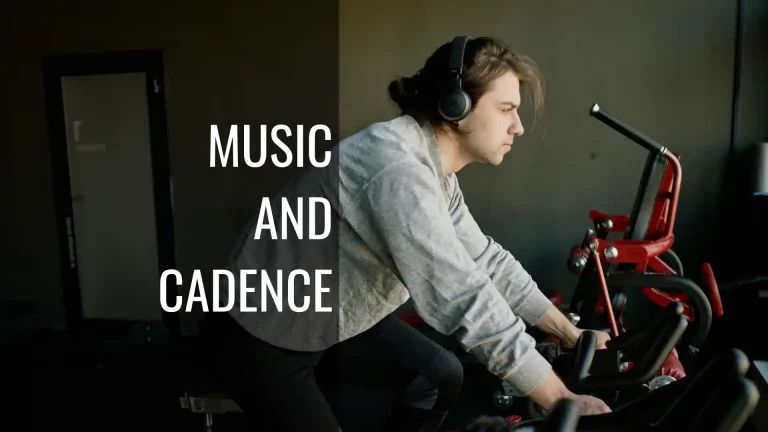
The world of cycling has evolved tremendously, and so has the recognition that women have unique needs when it comes to bike selection. Gone are the days when “shrink it and pink it” was considered adequate design philosophy. Today’s market offers bikes specifically engineered with women’s anatomy, riding preferences, and lifestyle demands in mind. With countless frame geometries, component options, and riding styles to consider, where do you even begin?
From understanding how women-specific geometry differs from unisex designs to navigating the sometimes intimidating bike shop experience, this guide will help you find a bike that truly works for you.
Table of Contents
Reach, Stack, Stand-Over Height: Sizing In General
Cycling is a technical sport, where correct fitment on the bike is key for enjoying a bike ride and avoiding pains/ discomfort for the rider. There are 3 areas where a rider “touches” the bike – the handlebars, the sear, and pedals. With the seat as the point of reference, these are the differences between male and female sizing.
Reach – Imagine sitting on a tall bar stool at a counter. The reach is how far you have to put your hand out to reach your drink. So if you are sitting on the bike, reach is the distance from the seat to the handlebars (rough approximation). The more this distance (usually measured in mm or cm), the more out-stretched you will be (more horizontal when looking from the side).
Stack – Again, on the same tall stool. Imagine you trying to reach for the floor, you extend your legs to touch the floor while sitting. On the bike, this is the distance from the bike seat to the middle of the front chain ring. Adding the pedals will extend the legs even more, but the stack gives you a good idea of how high the seat is on the bike.
Stand-Over Height – this is the most crucial part of the bike, explained easily by the picture below.

The height of the red arrow would determine what size bike you get. Usually the bike with least difference between your inseam and top tube (the top horizontal tube on the bike) would be the size for you. This is why visiting your LBS (Local Bike Shop) is important for bike sizing and other fitment mentioned above.
Wheel Size – Smaller wheels are better for short people in general because they are easier to maneuver. Look for a bike with 26-inch or 27.5-inch wheels (for mountain bikes) and 650B for gravel bikes. Road-specific bikes come only in 700C wheel sizes, but comes in a variety of sizes for shorter people.
Weight – A bike with a lightweight frame will make it easier for you to carry the bike and will make it easier to ride up hills. Aluminium is the most common material. Carbon bikes are the lightest, but also on the more expensive side.
Price – Finally, make sure the bike fits your budget. There are plenty of great bikes out there that won’t break the bank.

Salsa Journeyer
I am an avid cyclist with a few cycles already. When my wife said she wanted to start cycling again recently, I want to make sure she got a proper size. So I planned on getting her a gravel bike for Christmas, so that we can both ride on the trails and off-road paths away from road traffic. I did some research and the Salsa Journeyer came with high ratings and customer satisfaction. Given Salsa’s excellent reputation and being one of the original bike companies to have invented the gravel genre of cycling, I wanted to see if my wife likes this as well.
To make sure she liked the bike and for proper fitment we went to the local REI co-op which carried the Salsa Journeyer. (REI’s return policy and customer satisfaction was another factor going towards this decision).
The bikes they had were too big for her. She tried a size 50, but the reach was too much, and the stand-over height was was an issue (her inseam was shorter than the top tube), which would cause serious injury when she tries to get off the bike urgently on the road/ trails. So we placed an order for a size 49, hoping that would fit her better.
Surprisingly the bike came in less than a week later. We went to try it out, and the stand over height was great. So she would be able to dismount the bike safely without hurting herself. The reach was better but still a little stretched out, but that can be attributed to her not riding a drop-bar bike before. If this continues to be an issue, I can put in a shorter stem to decrease the reach.
Customizing the Bike for a Better Fit
As mentioned above there are 3 contact points with a bike – the handlebars, the seat, and the pedals. To better fit a bike the following can help:
-
- Handlebars – the stem affects the reach. Stems (that connect the handlebar to the bike) can be adjusted for the right reach.
-
- Seats – Also called saddles, cycle seats are designed to be on the harder (less spongy) side. These are designed to be used with cycling specific padded shorts that help with comfort on the saddle. There are numerous men and women specific seats to choose from. For my wife, she said she would try the stock seats with padded shorts before getting new seats.
- Pedals – the common pedals are called flats.Cycling specific pedals (called clip-less pedals) are available for mountain and road bikes. These can help with the pedal strokes (on the up and down movements) to make your pedaling more efficient.
10 General Rules For Selecting Your Bike
-
- Choose a bike that fits your body size. Make sure the bike frame is the right size for your height and that the seat is at the right height for your legs.
- Look for a lightweight bike. A lightweight bike will be easier to maneuver and will require less effort to pedal
- Consider a step-through frame. Step-through frames are designed to make it easier for shorter riders to get on and off the bike.
- Look for a bike with adjustable handlebars. Adjustable handlebars will allow you to customize the bike to fit your body size and riding style.
- Test ride the bike before you buy it. Make sure the bike is comfortable and that you can reach the handlebars and brakes easily.
- Look for a bike with a low center of gravity. A bike with a low center of gravity will be easier to control and will be more stable when riding
- Consider a bike with a suspension system. A suspension system will help absorb bumps and make your ride more comfortable.
- Look for a bike with a wide range of gears. A wide range of gears will make it easier to climb hills and ride on different terrain.
- Choose a bike with good brakes. Good brakes will help you stop quickly and safely.
- Have fun! Riding a bike should be enjoyable, so make sure you choose a bike that you love.
Time to Take the Leap
Selecting a cycle for short women can be a daunting task, but with the right research and knowledge, it can be done. It is important to consider the frame size, wheel size, and handlebar height when selecting a cycle for short women. Additionally, it is important to consider the type of cycling you plan to do, as this will help you determine the type of bike that is best suited for your needs. With the right research and knowledge, you can find the perfect cycle for short women that will provide you with the best cycling experience.
Hope you found this useful. Check out my other cycling posts as well.



